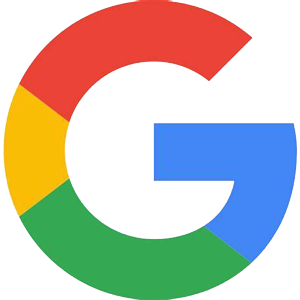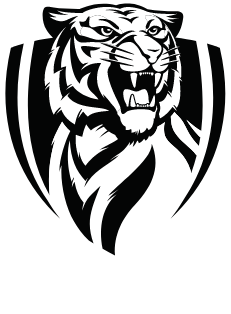Search Engine Optimisation (SEO) is an essential aspect of digital marketing, and understanding the hierarchy of SEO tags is crucial for achieving higher search engine rankings. SEO tags help search engines like Google understand the content on your website and index it appropriately. They play a pivotal role in improving your site’s visibility, user experience, and overall search engine performance.
In this guide, we’ll explore the most important SEO tags by hierarchy, starting from the most critical down to those with slightly lesser significance, and explain how each one contributes to your website’s SEO success.
Title Tags
At the top of the SEO tag hierarchy are title tags. These are arguably the most critical tags for SEO. A title tag is an HTML element that specifies the title of a web page. It is displayed in search engine results as the clickable headline for a search result, making it the first thing users see about your page.
Title tags should be concise, descriptive, and include relevant keywords. They provide a clear indication to both search engines and users about the content of your page, making them a vital factor in determining your search ranking and click-through rate (CTR). Crafting compelling and keyword-rich title tags is a fundamental step in on-page SEO optimisation.
Meta Descriptions
Following title tags in the hierarchy are meta descriptions. Meta descriptions are brief HTML attributes that provide a concise summary of the content found on a web page. Although not a direct ranking factor, they have a significant impact on click-through rates. An engaging and informative meta description can entice users to click on your search results. Additionally,
Google sometimes uses the meta description as the snippet displayed in search results, so optimising it helps in conveying your page’s relevance and persuading users to visit your site. It’s essential to craft unique meta descriptions for each page, focusing on user engagement and incorporating relevant keywords naturally.
Header Tags
Header tags, also known as H1, H2, H3, etc., play a crucial role in structuring your webpage content. H1 tags represent the main heading of a page, and subsequent header tags (H2, H3, and so on) create a hierarchical structure that organises content into sections and sub-sections.
Search engines use header tags to understand the content’s hierarchy and prioritise the importance of various sections.
Properly structured headers not only improve the user experience by making content more readable but also assist search engines in comprehending your page’s topical relevance. Utilise header tags strategically, placing important keywords and phrases in them to enhance SEO.
Image Alt Tags
For websites with visual content, image alt tags are a crucial part of SEO. Alt tags, or alternative text tags, provide descriptions of images on your website. Search engines rely on alt tags to understand the content of images because they cannot interpret images themselves.
By including descriptive and relevant alt tags, you not only make your content accessible to users with disabilities but also provide search engines with valuable context about your images. Alt tags also offer an opportunity to incorporate keywords naturally, further enhancing your SEO efforts. Ensuring every image on your site has an alt tag is a best practice for SEO.
Canonical Tags
Canonical tags are used to address duplicate content issues, which can harm your website’s SEO. These tags help search engines determine the preferred version of a page when multiple pages have similar or identical content. By specifying the canonical URL, you guide search engines to index and rank the correct page while consolidating the SEO value of duplicate pages.
Canonical tags are particularly useful for e-commerce websites, blogs, and content-heavy sites where similar content variations may exist. Properly implementing canonical tags can prevent SEO dilution and ensure that your chosen content ranks higher.
Meta Robots Tags
Meta robot tags allow you to control how search engine crawlers interact with your web pages. By using these tags, you can instruct search engines to index or no-index specific pages, follow or nofollow links on a page, and more. For instance, if you have pages with sensitive information or duplicate content that you don’t want indexed, you can use the no-index directive.
Conversely, you can use the index directive for pages you want to be included in search engine results. While not as directly impactful as title tags or meta descriptions, meta robot tags give you granular control over how search engines interact with your content, aiding in SEO optimisation.
Meta Keywords
Meta keywords were once a prominent part of SEO, but their significance has declined over the years. These tags were intended to list relevant keywords related to a webpage’s content. However, due to abuse and spamming, major search engines like Google no longer consider meta keywords when ranking pages.
In fact, Google officially announced in 2009 that they no longer use meta keywords for ranking purposes. While they may still have some relevance for smaller search engines, investing too much time and effort in meta keywords is generally not a priority for modern SEO. Instead, focus on other on-page and off-page optimisation strategies to improve your website’s ranking.
Schema Markup
Schema markup, also known as structured data markup, is a more advanced SEO tag that provides structured information to search engines. It helps search engines better understand the content and context of your pages, enabling them to display rich snippets in search results. These snippets can include additional information like ratings, prices, event details, and more, making your search result more attractive and informative to users.
While schema markup is not a direct ranking factor, it can significantly improve your click-through rates and visibility in search results, ultimately benefiting your overall SEO efforts. Implementing schema markup is particularly valuable for businesses and organisations with specific content types like products, reviews, and events.
Understanding the hierarchy of SEO tags is vital for optimising your website’s visibility and ranking on search engines. Prioritise these tags according to their hierarchy to maximise your website’s SEO potential and drive organic traffic to your pages.
Hand Picked Articles




